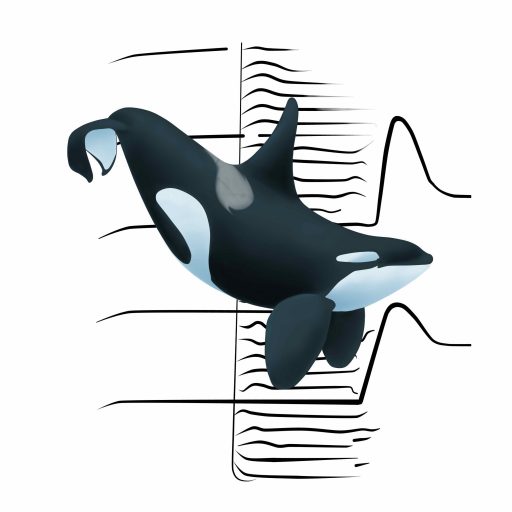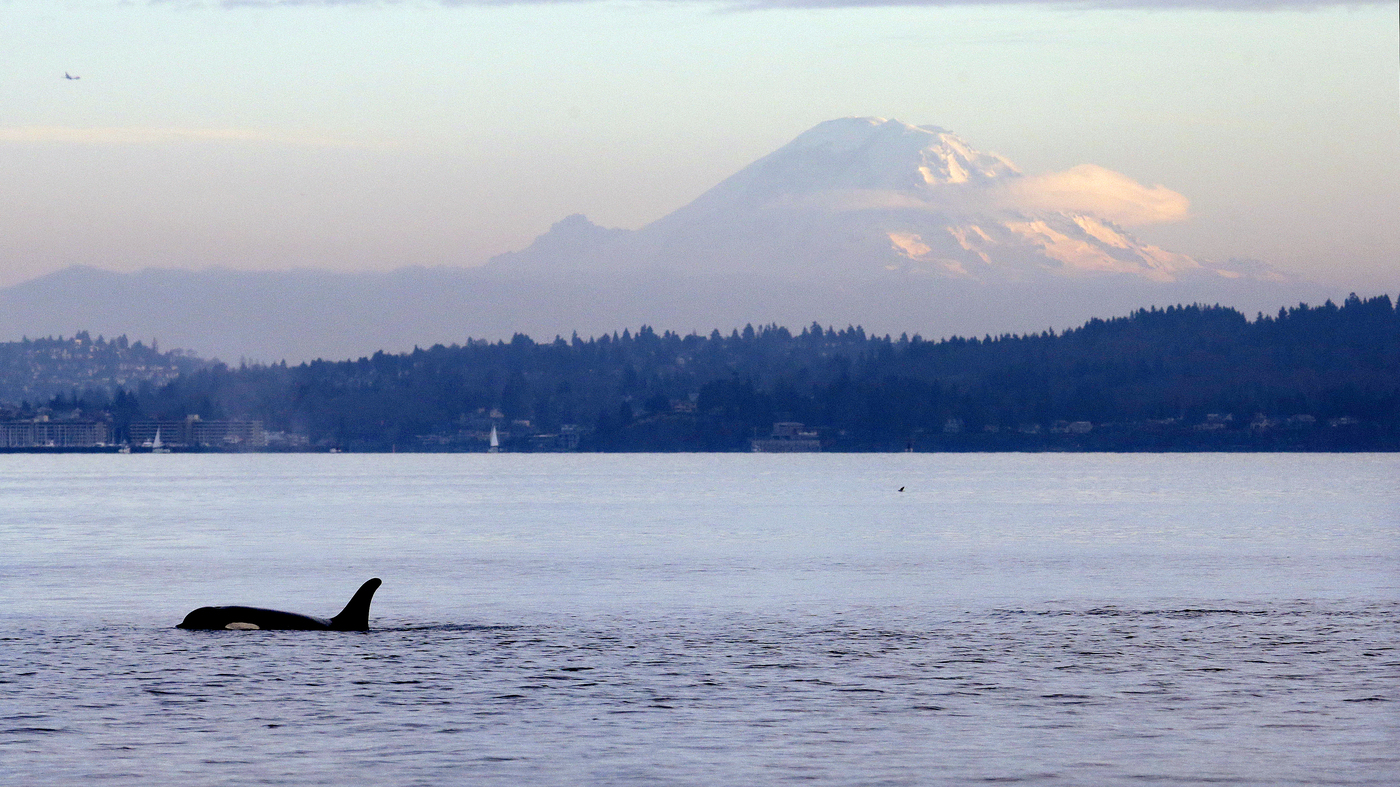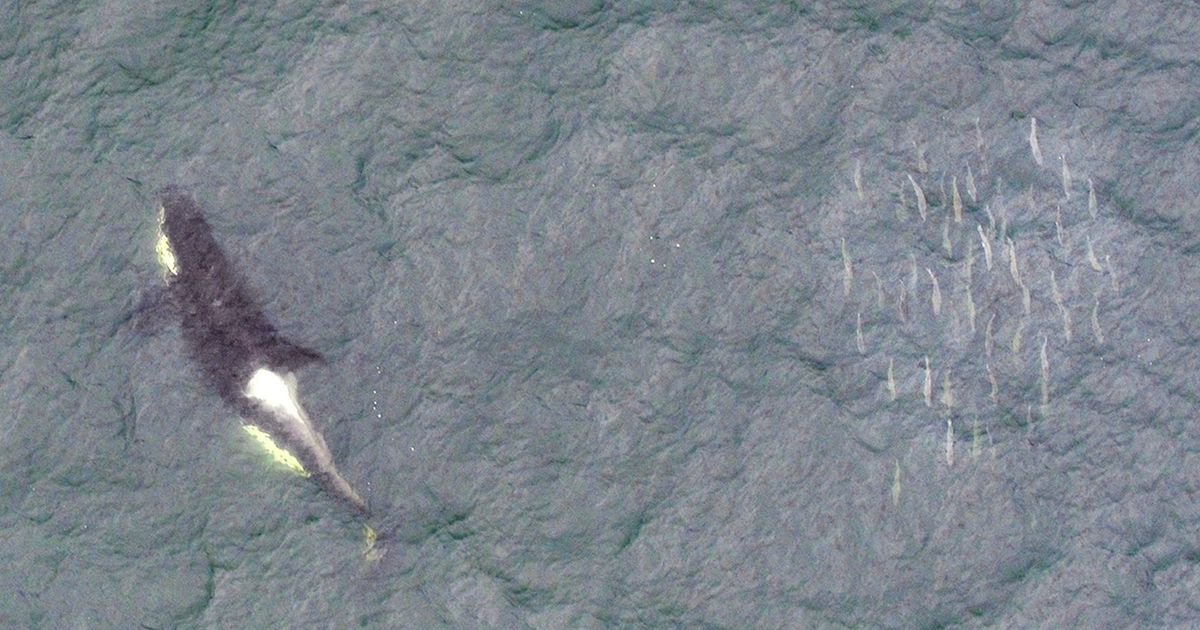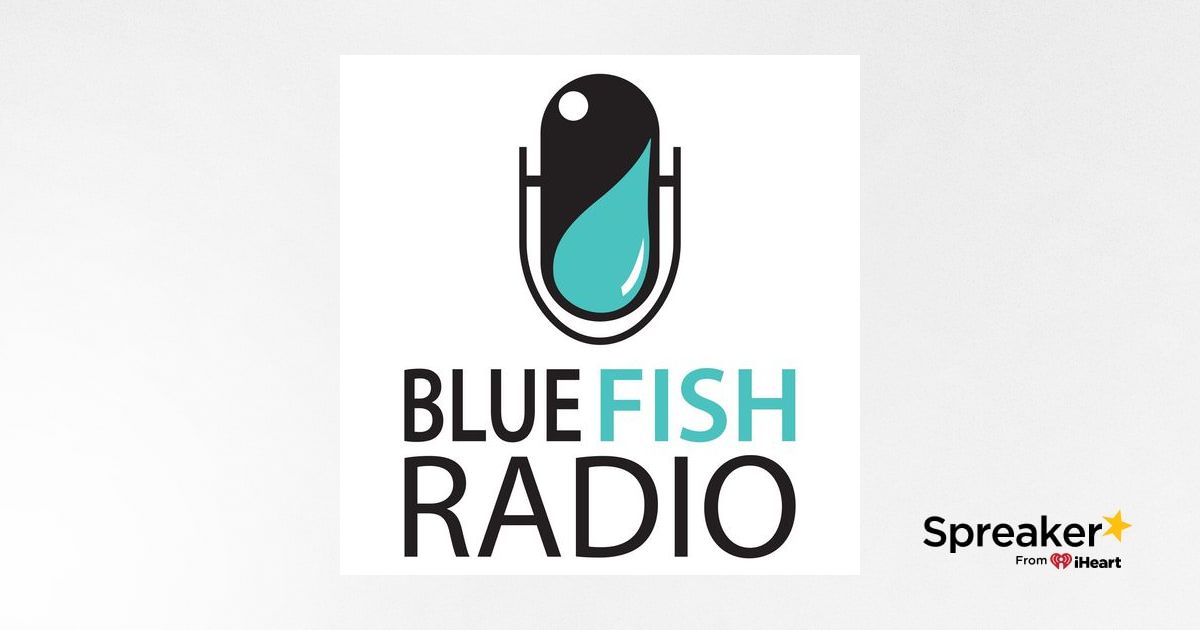SpringVelocity
Crew Member

Joint response concerning “no apparent shortage of prey for Southern Resident killer whales” in the Salish Sea
PDF version available here October 14, 2021 On October 12, the University of British Columbia (UBC) issued a press release claiming that a newly published study[i] has “debunked” the idea that ther…orcabehaviorinstitute.org
What a joke. Cue the NGO social media piggyback of this statement coming shortly. Don't worry it's all planned. Friday shuffle, and a social media team to push it. Anyway it isn't unexpected.
Last edited:




